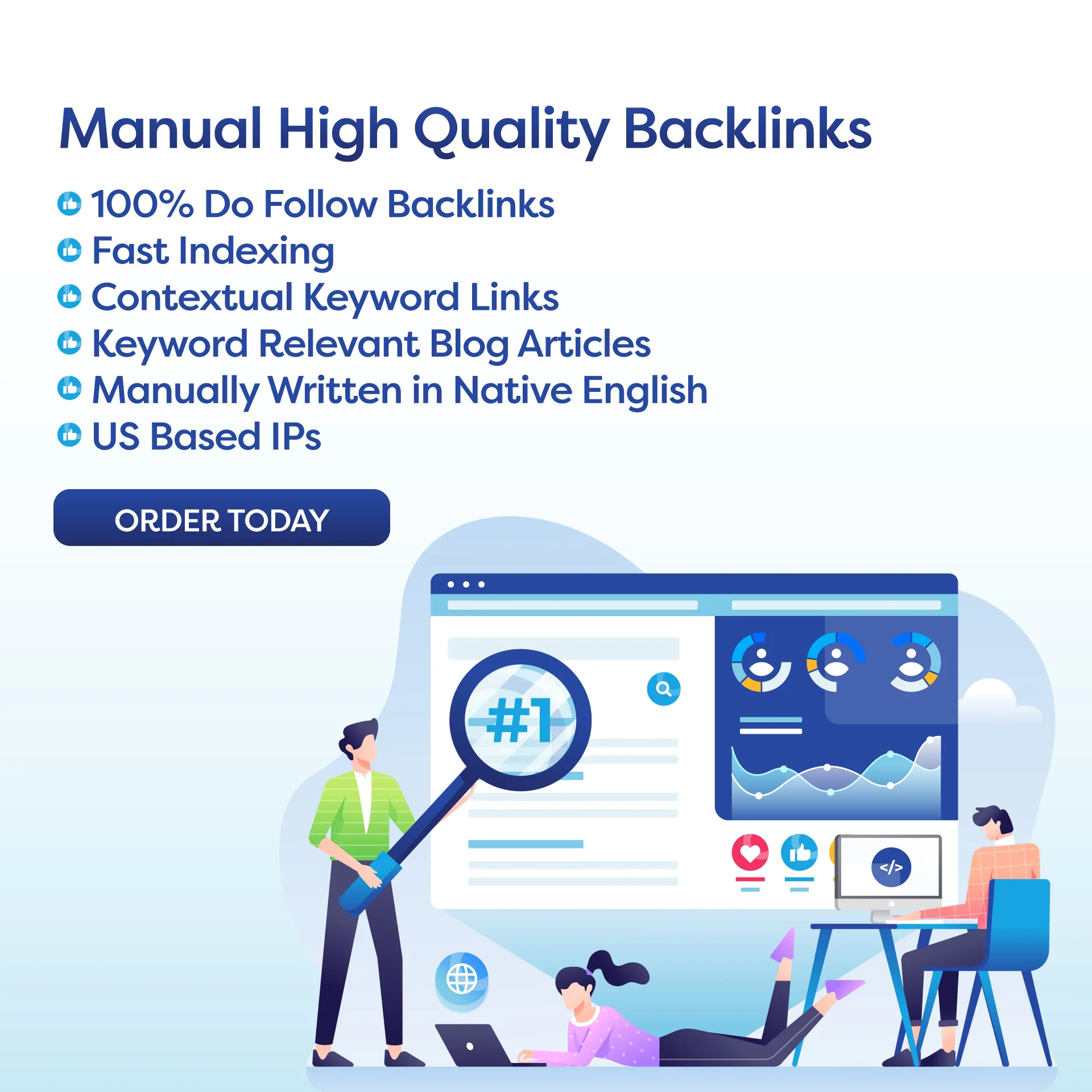Backlink risk assessment is crucial for SEO success as it involves analyzing the quality and potential risks associated with backlinks. By conducting regular assessments, website owners can protect their site from penalties and improve search engine rankings. It involves identifying toxic backlinks and removing them through outreach or disavowal. Building high-quality backlinks through strategic efforts like guest posting is also important. Tools like Google Search Console and third-party analysis tools can help in conducting backlink audits. It is recommended to assess backlinks every few months and avoid purchasing backlinks to comply with Google guidelines. Focus on earning organic and high-quality backlinks for a healthy backlink profile.
Excerpt: Discover the importance of Backlink risk assessment in SEO and why it is crucial for your website’s success.
Introduction:
SEO can feel like a daunting task, especially for beginners. Understanding the ins and outs of search engine optimization is essential to driving traffic to your website and improving your online visibility. One critical aspect of SEO that often gets overlooked is the Backlink risk assessment. By assessing the quality and potential risks associated with your backlinks, you can take proactive steps to protect your website from penalties and improve your search engine rankings.
Key Takeaways:
1. What is Backlink risk assessment?
2. Why is Backlink risk assessment important for SEO?
3. How to conduct a Backlink risk assessment for your website.
4. Tips for managing and improving your backlink profile.
5. Action Plan for implementing Backlink risk assessment best practices.
1. What is Backlink risk assessment?
– Understanding the concept of backlinks and their role in SEO.
– Identifying the potential risks associated with low-quality or toxic backlinks.
Backlinks are links from other websites to your website. They are crucial for SEO as search engines view them as a vote of confidence in your site. However, not all backlinks are created equal. Low-quality or toxic backlinks from spammy or irrelevant sites can harm your website’s SEO performance and lead to penalties from search engines. Conducting a backlink risk assessment involves analyzing the quality and relevance of your backlink profile to identify any potentially harmful links.
2. Why is Backlink risk assessment important for SEO?
– Protecting your website from penalties and algorithm updates.
– Improving your search engine rankings and online visibility.
Backlink risk assessment is essential for maintaining a healthy and effective SEO strategy. By identifying and removing toxic backlinks, you can prevent penalties from search engines and ensure that your website ranks well in search results. Additionally, conducting regular backlink risk assessments allows you to monitor the health of your backlink profile and make informed decisions to improve your SEO performance over time.
3. How to conduct a Backlink risk assessment for your website.
– Using tools like Google Search Console and third-party backlink analysis tools.
– Analyzing the quality, relevance, and anchor text of your backlinks.
To conduct a backlink risk assessment for your website, start by using tools like Google Search Console to review your backlink profile and identify any toxic links. Additionally, consider using third-party backlink analysis tools to gain further insights into the quality and relevance of your backlinks. Pay attention to factors such as anchor text, domain authority, and link context when evaluating your backlink profile.
4. Tips for managing and improving your backlink profile.
– Removing toxic backlinks through outreach and disavowal.
– Building high-quality backlinks through strategic link building efforts.
Once you’ve identified toxic backlinks in your profile, take proactive steps to remove them through outreach to webmasters or by using Google’s disavow tool. Additionally, focus on building high-quality backlinks through strategic link building efforts such as guest posting, content promotion, and influencer outreach. By maintaining a healthy and diverse backlink profile, you can improve your website’s SEO performance and drive organic traffic.
5. Action Plan for implementing Backlink risk assessment best practices.
– Conduct a thorough backlink audit using tools like Ahrefs or SEMrush.
– Create a strategy for removing toxic backlinks and building high-quality ones.
– Monitor your backlink profile regularly and adjust your strategy as needed.
In conclusion, Backlink risk assessment is a crucial aspect of SEO that every website owner should prioritize. By understanding the importance of backlinks, conducting regular assessments, and taking proactive steps to manage your backlink profile, you can protect your website from penalties and improve your search engine rankings. Follow the action plan outlined above to implement best practices for backlink risk assessment and watch your website’s SEO performance soar.
FAQ:
Q: How often should I conduct a backlink risk assessment?
A: It is recommended to conduct a backlink risk assessment at least once every few months to ensure the health of your backlink profile.
Q: Can I improve my backlink profile by purchasing backlinks?
A: Purchasing backlinks is against Google’s guidelines and can lead to penalties. Focus on building organic and high-quality backlinks through legitimate means.
Q: What is the difference between a toxic backlink and a natural backlink?
A: Toxic backlinks come from spammy or irrelevant sites, while natural backlinks are earned organically through high-quality content and relationships with other websites.

